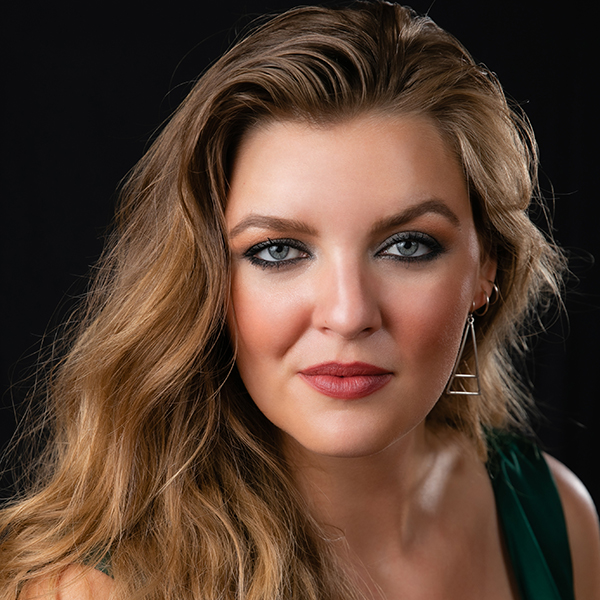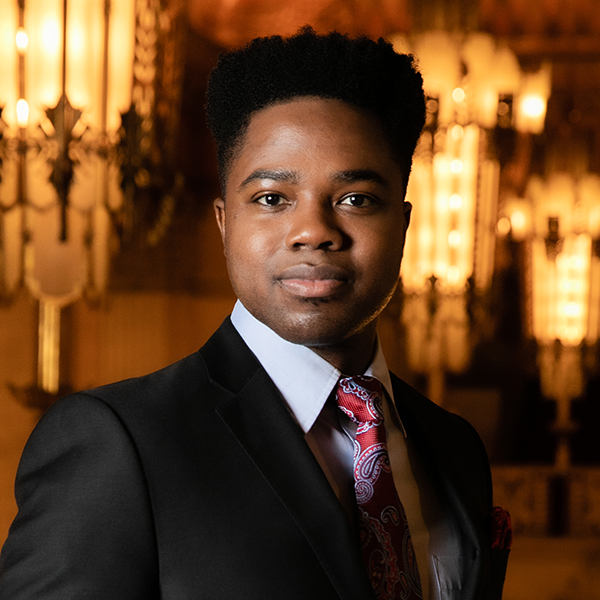George Bruns, Jack Lawrence, and Sammy Fain,
Sleeping Beauty, "Once Upon a Dream" (adapted from Tchaikovsky's ballet, arr. Craig Terry)
Kathleen Felty, mezzo-soprano; Leroy Davis, baritone; Craig Terry, piano
Sleeping Beauty (1959) is one of the greatest achievements in the history of Walt Disney Studios. Disney's first animated feature filmed in "Technorama" (70 mm), it revealed a visual complexity, sophistication, and sheer artistry beyond what had been seen in two previous Disney triumphs, Snow White and Cinderella. The stylized visual approach proved captivating, inspired as it was by the creative team's research into Medieval art and architecture. Disney found his greatest inspiration in the beloved score of Tchaikovsky's Sleeping Beauty ballet. The melodies adapted from it by three brilliant and highly experienced musicians—composer George Bruns (1914-1983) and songwriters Jack Lawrence (1912-2009) and Sammy Fain (1902-1989)—included the waltz that became "Once Upon a Dream." The song was introduced by American soprano Mary Costa. Her voice, which both sang and spoke the title role in the film, was chosen by Disney after a three-year search.
In the film, when the evil witch Maleficent predicts that Princess Aurora will prick her finger on a deadly spindle and die before her sixteenth birthday, the terrified king and queen send their daughter to live with three fairies. The fairies' disguises lead Aurora (now known as Briar Rose) to believe that they're actually peasant women. Briar Rose's birthday arrives, and that morning, when she's in the forest gathering berries, she sings to the animals. Her song is a lilting waltz, revealing that she'll know her love when he appears because she's seen him in her dreams. She's interrupted by a stranger, who turns out to be handsome Prince Philip. By the time he repeats the song, the two have fallen in love.







